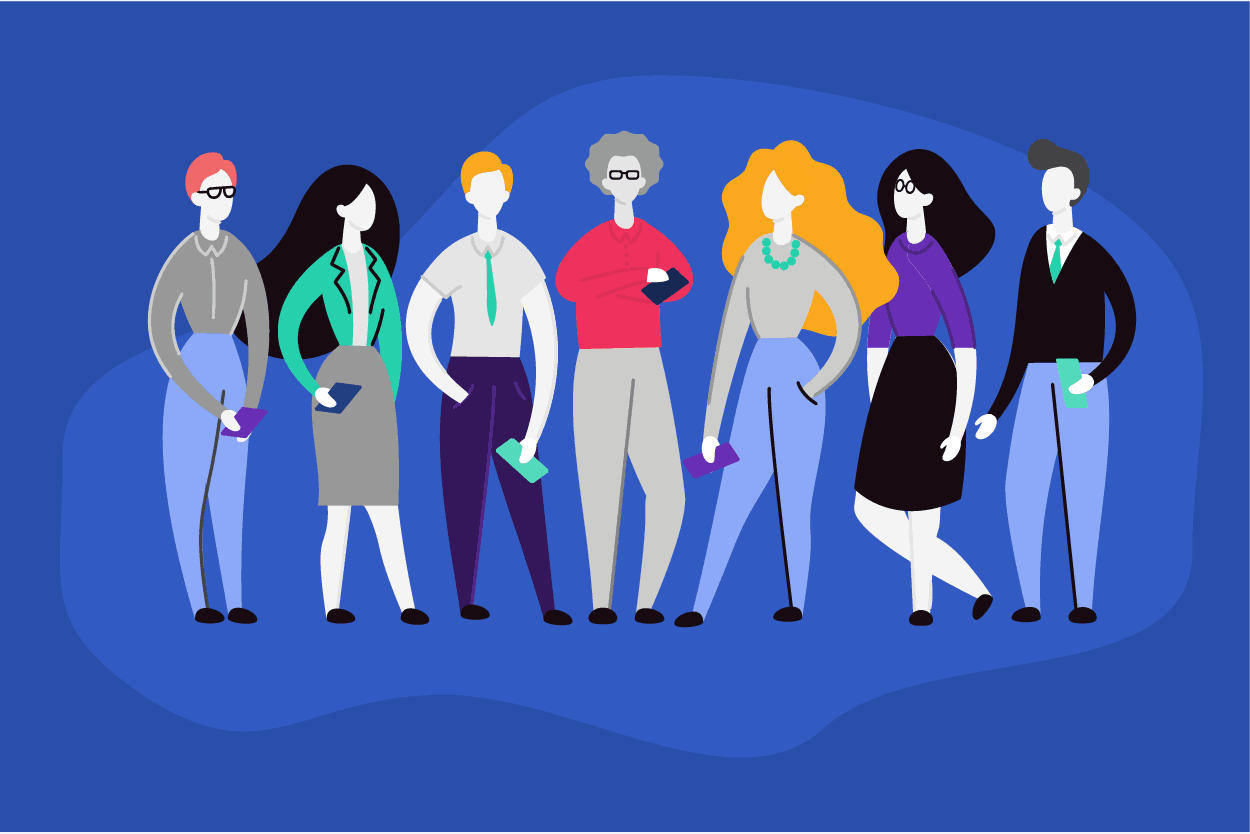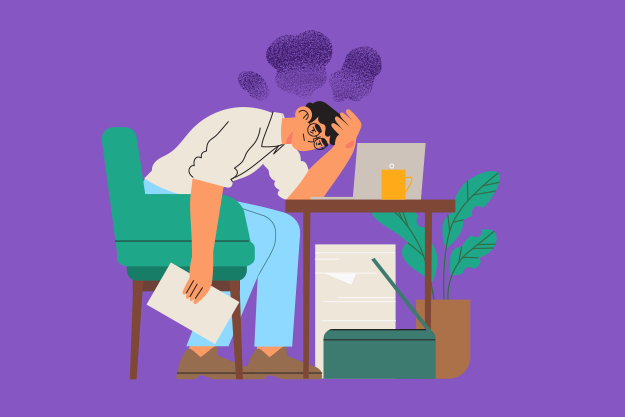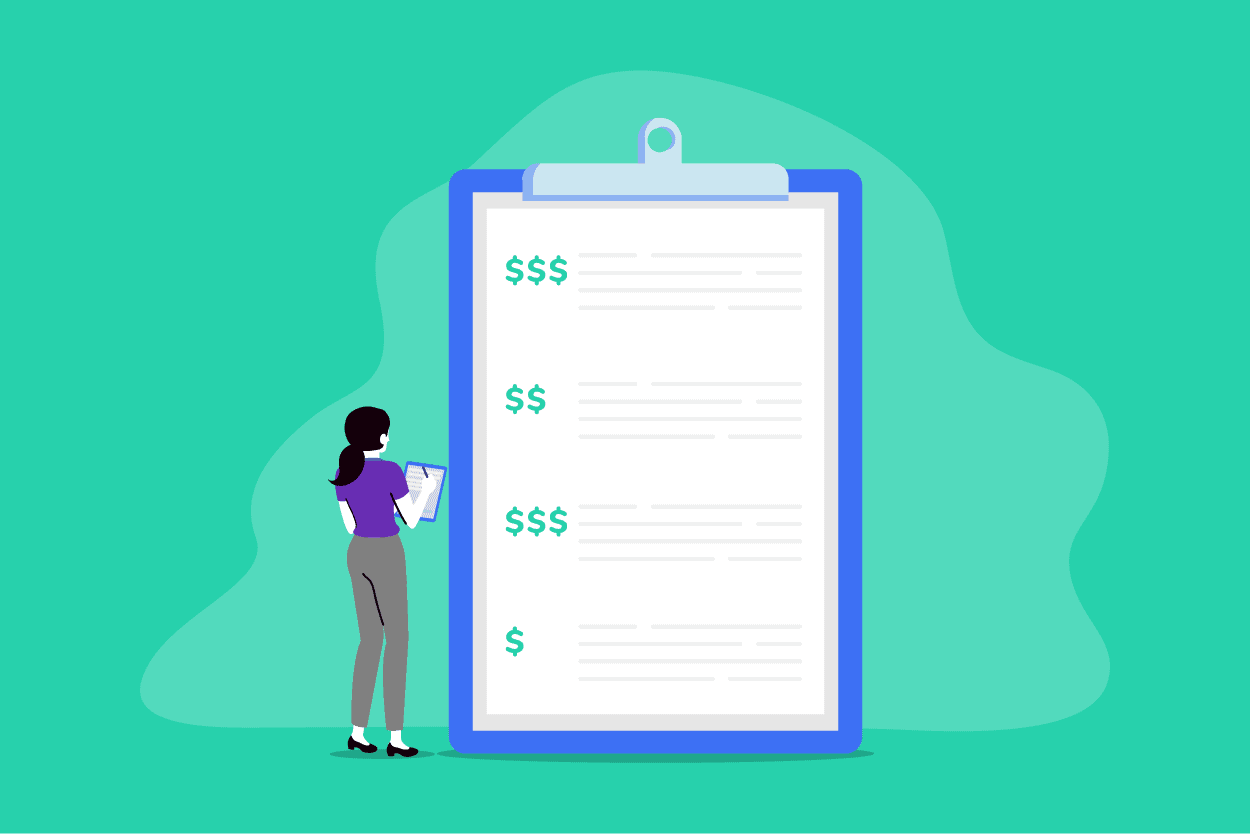Is Employee Burnout Taking a Hidden Toll on Your Workplace?
When the White House promoted Summer 2021 as a “Summer of freedom. A summer of joy” in a letter to encourage local officials to hold public events...
Connected Navigation Platform
Guiding to high-value care
Behavioral Health
Foster a mentally healthy workplace
EAP
Supporting holistic wellbeing
Virtual MSK Care
Reimagining musculoskeletal care
Virtual Primary Care
Powered by smart navigation
Surgery Centers of Excellence
Best-in-class surgical outcomes
Virtual Urgent Care
Immediate care, any hour of the day
Chronic Care
A new approach to chronic care
Integrations
Flexible to any strategy
3 min read
 Claire Wiseman Imber
:
March 4, 2020
Claire Wiseman Imber
:
March 4, 2020

When considering mobile solutions for your company benefits, though, you may wonder if you risk leaving some employees behind. It’s not a leap to guess that office workers in their 20’s and 30’s will love a mobile benefits experience platform. What about older populations? What about workers on factory floors, farms, and others outside the office?
As “okay, Boomer,” spreads from social media to sweatshirts advertising copy, the divide between working generations feels more palpable than ever. You only have to look up from your phone to see that Gen Z and even Millennials are even more comfortable on mobile devices than they are IRL.
You might be surprised to learn what we have: that often, these employees are the most likely to adopt mobile benefits technology. Don’t take our word for it, though. In this post, we’ll explain why a mobile-first solution is perfect for office workers, factory workers, Boomers, Gen Z, and everyone in between.
We know the under-40 set will quickly pick up a mobile-first benefits app. These generations expect a mobile experience from their shopping, dining, travel, and wellness tools. It’s obvious they expect the same from healthcare and benefits. Perhaps surprisingly, though, this seems to be the case across generations. Your employees—yes, even older workers—want a centralized mobile experience.
Ninety-six percent of Americans now own a cellphone, and the majority of those—81%— are smartphones, according to the Pew Research Center. For comparison, only 75% of Americans own a personal computer. For Baby Boomers, those who in 2020 are between 56 and 74, smartphone adoption is steadily climbing. Ninety-one percent of those 65 and over own a cellphone; 53% own a smartphone. That’s relevant to employers because that same group of older Americans are working at higher rates than in previous decades. The Pew Research Center analysis of 2018 labor force data found that 29% of Boomers ages 65 to 72 were working or looking for work. It’s a good bet that a greater majority of those workers own a smartphone.
If you’re employing Baby Boomers, the assumption that they won’t adopt mobile-first technology is just plain wrong. Anecdotally, we find that many prefer to use a mobile application. In 2014, almost 20% of our membership used a landline to access HealthJoy. Today less than 5% of members prefer dialing in over chatting in the app. When it comes to health benefits, a mobile-first approach simplifies the user experience for a population that is more likely to need healthcare.
Thanks to smartphone adoption, instant communication is the new norm, with video conferencing and messaging apps taking precedence over simple emails. With smartphones at the center of company communication, the benefits of providing your office workers with a centralized, app-based experience are obvious. But what about employees who aren’t already using their phones as part of their day-to-day work?
Again, these employees might prefer the mobile experience to one based on a webpage, especially if they don’t spend the day in front of a computer. As an example, take the factory worker who spends his day on the floor. He only occasionally logs onto a computer at home, making traditional intranet messages, emails, and websites a poor source of benefits delivery and guidance. His smartphone, on the other hand, is always in his pocket. He spends some portion of every lunch break scrolling through his phone, so it’s the ideal source of benefits guidance.
The same is likely true for agricultural workers. We’ve found that companies with rural employee populations find immense benefit in an app-based mobile benefits experience. In addition to spending less time on computers than the average office worker, they face additional challenges from declining access to medical care and high-speed internet.
There are only about 40 primary care physicians per 100,000 residents in rural areas, as compared with 53 per 100,000 in urban areas. Right now, one-third of rural hospitals are at risk of closure, according to the National Rural Health Association. Without options, employees who live in rural communities turn to whatever is available. That might mean a more expensive imaging center, a long journey to find urgent care, or worse, simply not getting the medical help they need at all.
A mobile employee benefits application puts resources like telemedicine and telebehavioral health at their fingertips. When the alternative may be driving an hour or more to reach a doctor, it’s an immensely valuable solution. On-demand help from a healthcare concierge can help them better navigate limited options (see our post “This Benefit is Vital for Rural Employees” for more).
So what sort of mobile solution do employees want most? In a 2019 Mercer study of over 16,000 workers, 39% rated an app that helps them find the right medical care as a highly valuable digital solution. Thirty-eight percent listed family medical records, and 36% rated telemedicine as highly valuable. A mobile application that centralizes all these services in one place could prove to be the ideal solution.
With simplified access and navigational tools that meet them in moments of need, a mobile benefits experience is right for employees of every age, in every industry. HealthJoy’s centralized benefits experience platform brings the convenience and ease of a mobile application to all your employee benefits. That gives employees access to care and the power to make smarter healthcare decisions. Your employees—yes, all of them— are going to love having benefits at their fingertips.
Schedule a demo to see what HealthJoy can provide the mobile benefits experience your employees crave.

When the White House promoted Summer 2021 as a “Summer of freedom. A summer of joy” in a letter to encourage local officials to hold public events...

Modern work environments with schedules that require over a 40 hour work week can make it challenging to plan doctor’s appointments during the...

In typical network agreements, discounts and billed charges are established in a largely arbitrary way. They don’t have much relationship to the...